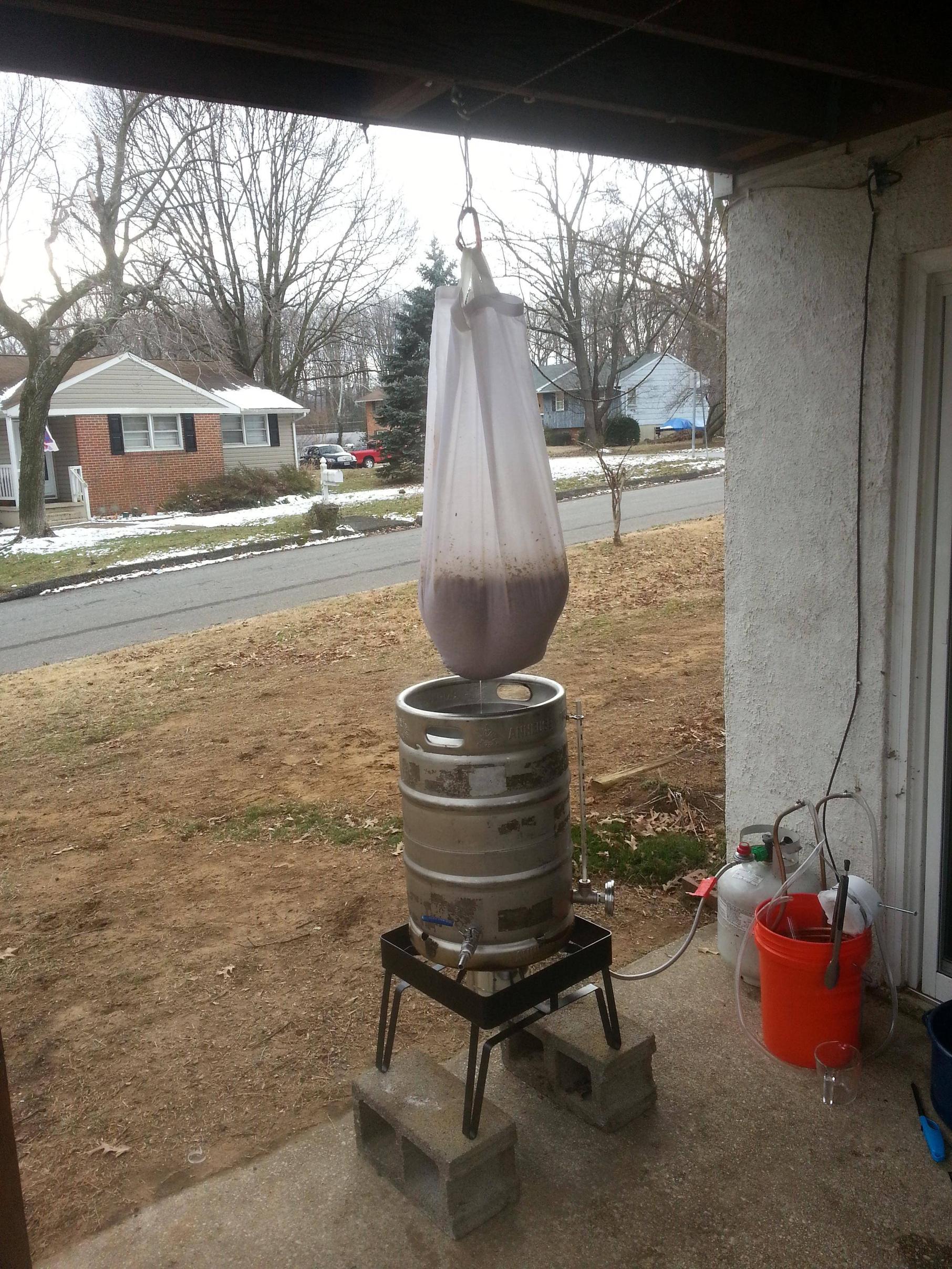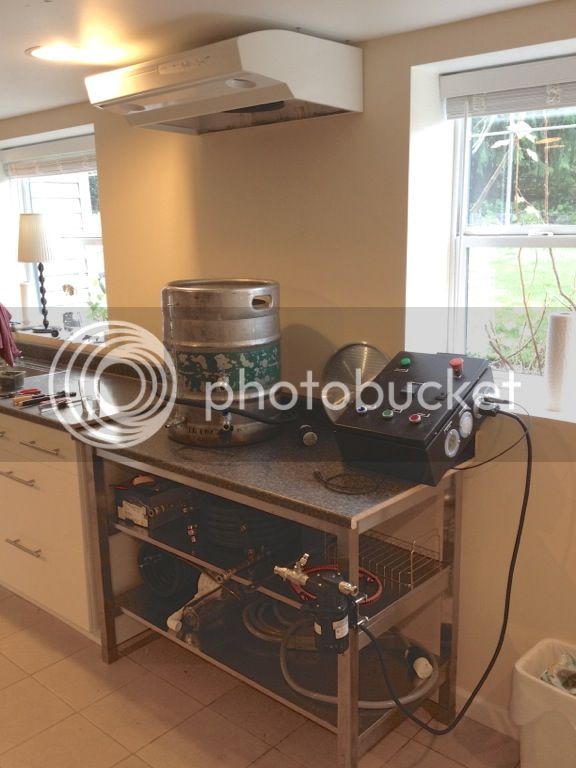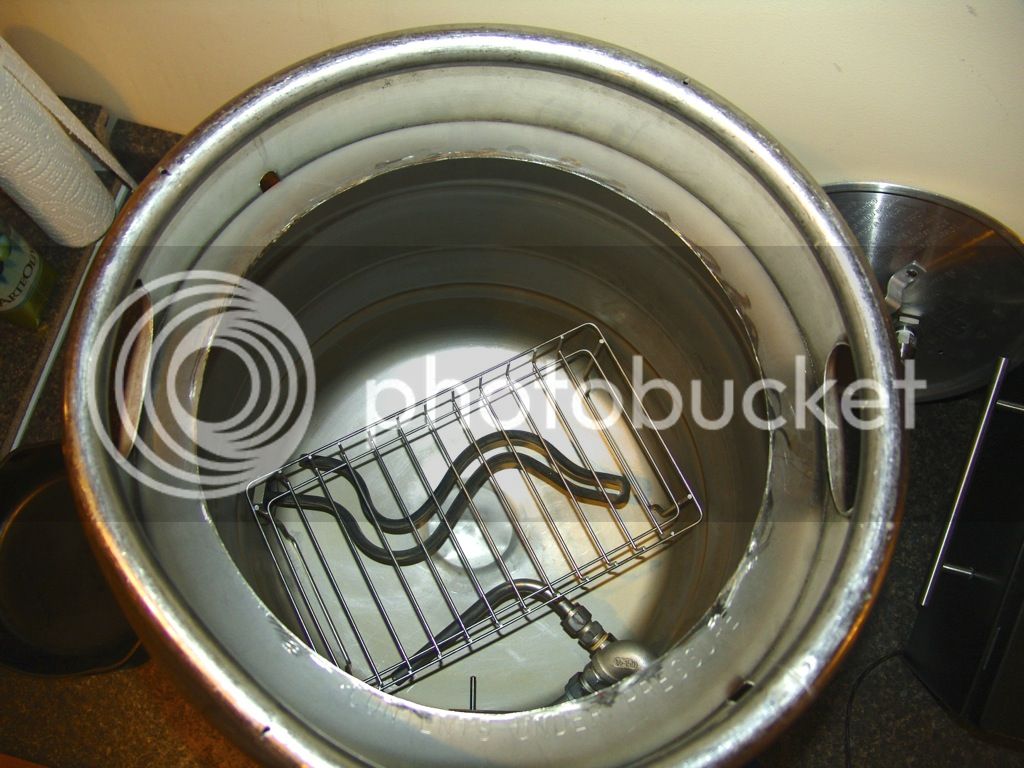Here's a BIAB process problem I would love assistance on:
I have a 15 gal kettle paired with 1 burner.
I plan on making 5.25 gal BIAB batches.
I understand the basics about calculating grain absorption and boil-off, but I'm unclear one thing.
My question is - with one burner - what's the best way to prep my hot sparge water to rinse the grain/get to my pre-boil volume?
Is it advisable to get an Igloo cooler and heat a few gallons of sparge water - ahead of the BIAB mash?
I really want to avoid moving my brew kettle off the burner once I have 7-8 gallons of wort in there.
I have a 15 gal kettle paired with 1 burner.
I plan on making 5.25 gal BIAB batches.
I understand the basics about calculating grain absorption and boil-off, but I'm unclear one thing.
My question is - with one burner - what's the best way to prep my hot sparge water to rinse the grain/get to my pre-boil volume?
Is it advisable to get an Igloo cooler and heat a few gallons of sparge water - ahead of the BIAB mash?
I really want to avoid moving my brew kettle off the burner once I have 7-8 gallons of wort in there.





